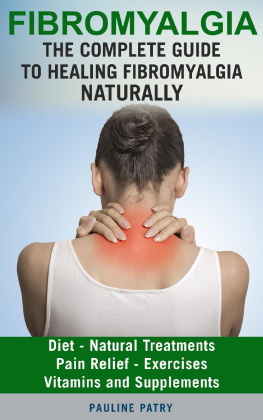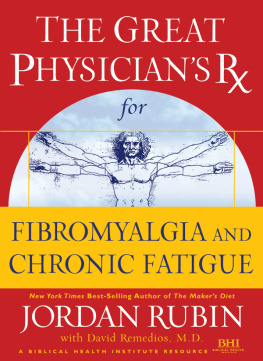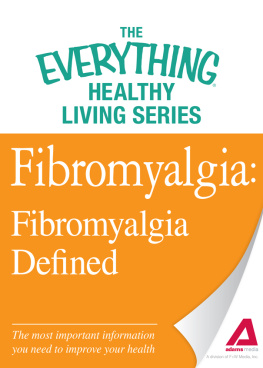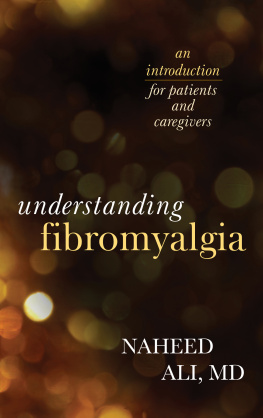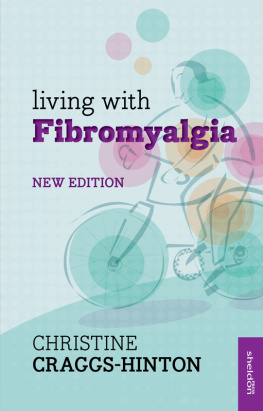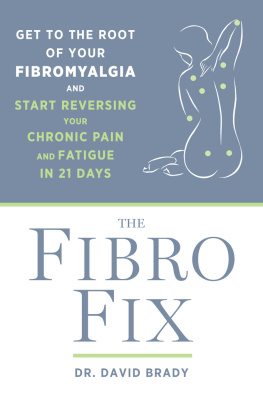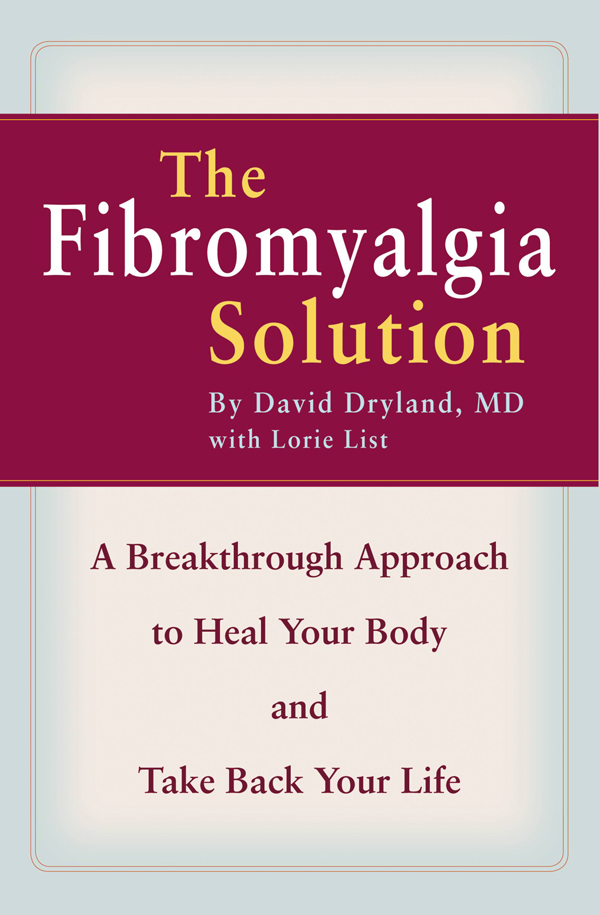The material contained in this book is intended for informational purposes only. David Dryland, MD, and Lorie List do not and cannot determine how or if an individual chooses to use or not use the information in this book, nor do David Dryland, MD, or Lorie List assume responsibility for how or if an individual chooses to use or not use such information. All information in this book should be reviewed with your licensed healthcare providers before any treatment decisions are made. Your individual healthcare providers should familiarize themselves with the content of this book and must contact their own liability insurers with any question(s) they may have.
Names have been changed to protect the privacy of the patients whose stories appear in this book.
Copyright 2004, 2007 by David Dryland, MD
All rights reserved. Except as permitted under the U.S. Copyright Act of 1976, no part of this publication may be reproduced, distributed, or transmitted in any form or by any means, or stored in a database or retrieval system, without the prior written permission of the publisher.
Warner Wellness
Hachette Book Group
237 Park Avenue, New York, NY 10017
Visit our website at www.HachetteBookGroup.com.
Warner Wellness is a trademark of Time Warner Inc. or an affiliated company. Used under license by Hachette Book Group USA, which is not affiliated with Time Warner Inc.
First eBook Edition: April 2009
ISBN: 978-0-446-56110-5
For fibromyalgia patients everywhere.
M any people helped make this book possible. First and foremost, Id like to thank all my fibromyalgia patients who showed tremendous courage in the face of adversity and were willing to find a last reservoir of hope when it seemed none existed. Without their willingness to once again take up the fight against something they believed was a lost cause, the material for this book would still be ideas in my head. Thanks to them, we now know that recovery from fibromyalgia is not a fluke or an accident but a deliberate, step-by-step process that anyone can undertake. Tremendous thanks go to Cherie Taylor for all her support, hard work, and belief in this project. Thanks to Austin VanKampen and Laney DAquino for the illustrations. I am also grateful to Mark Scarpaci of Ashland Creative for his help with the earliest phases of this process.
Id also like to thank my agent, Stephanie Tade, for seeing the promise of this book and finding a home for it with Hachette Book Group. Much appreciation goes to my editor, Natalie Kaire, who did a superb job of shepherding this project through the many different stages of book writing. Thanks also to Daric Lucero of Ashland Community Hospital Physical Therapy for providing helpful insights regarding exercise for fibromyalgia patients. The advice of the clinical nutritionist Kia Sanford of Kailo Counseling was invaluable in putting together information on nutrition and diet.
Finally, a word of acknowledgment is in order for all the medical researchers noted in this book. Without their tireless quest for knowledge, we would still be operating off assumptions and best guesses regarding the cause of fibromyalgia.
N o one sets out to be a fibromyalgia specialist.
Those of us in healthcare choose to participate in patient care for a variety of reasons, but not everyone has the stamina and desire to tackle our most daunting medical disorders. Physicians can make significant contributions to science, to the health and well-being of their patients, and to career fulfillment but still not engage in the daily stress of trying to cure the untreatable. Historically, treating fibromyalgia patients has not been for everyone.
But, on occasion, there are physicians and other caregivers who rise above to fight the losing battle and support the less popular and forgotten. Many physicians still hope that fibromyalgia will simply go away so they can get back to real medicine. Others remain skeptical of its very existence despite the millions of Americans afflicted. A smaller group, for reasons of their own, choose the road less traveleda road that may someday lead to a cure for fibromyalgia. David Dryland, MD, has chosen such a path and has demonstrated his conviction to this cause by sharing his views with you in The Fibromyalgia Solution.
I first met David at an informal Sunday-morning breakfast at a medical conference in 2001. While discussing research relating to the use of new medications for the treatment of fibromyalgia, I mentioned that my life as a physician was getting easier. New medications used to reduce an overactive stress, or fight-or-flight, response in the brain were improving sleep quality and decreasing pain for patients with fibromyalgia. Prior to these discoveries, my office life had been a misery, since I had very little to offer these patients. During every stressful holiday or Pacific storm, my staff and I would be overwhelmed by phone calls from desperate patients with fibromyalgia. Their symptoms had flared up in response to the stress, and I was unable to help them.
Stress is a fundamental concern for all living beings, but its effect physiologically is to prompt an appropriate response. The stress of fearing a tiger prompts us to flee. If cornered by a tiger, we fight with a monumental adrenaline (epinephrine) surge. But this system, better known to physicians as the autonomic nervous system (ANS), must be balanced and working properly to maintain good physical and emotional health. Overactivity of the stress response ruins sleep quality and wreaks havoc on many other basic housekeeping functions that are also controlled by the ANS, including the regulation of normal bowel, bladder, cardiac, immune, metabolic, and temperature status. Many of these systems appear to have a mind of their own in patients with fibromyalgia, so understanding how stress works can lead to understanding many of these other problems as well.
As this stress response began to be understood and addressed with the new medications, fibromyalgia pain and fatigue in my patients began to wane. Eventually, a few patients actually recovered completely. This was the break needed for us to begin to sort out the puzzle of fibromyalgia. I have often told patients that, as clinicians, we are interested in why you hurt, but we are much more interested in why you are better. If we understand what made you better, we may understand what needs to be done to solve your problem completely.
Fundamentally, for those who had recovered, their stress response had changed. Their hair trigger for an excessive stress and arousal response had become more balanced and appropriate. These recovered patients finally slept normally. Previously, some patients might have improved but were rarely symptom-free. These completely symptom-free patients represented a true breakthrough in understanding fibromyalgia.
For those still suffering with only a list of medication side effects to show for their efforts, it can be disconcerting to even imagine that other patients have already completely recovered from fibromyalgia. But it is true. Dr. Dryland confirmed these observations in his own patients and then took the next important step to thoroughly consider many additional treatment approaches that could work just as well, without the use of medications.
About the same time as my conversations with him took place in 2001, animal models of stress and basic research on central neurotransmitters, especially dopamine, had uncovered a major piece of the fibromyalgia puzzle. A new approach to understanding fibromyalgia emerged that considered dopamine and its role as a regulator of those basic housekeeping functions already mentioned, including sleep, temperature regulation, bowel motility, stomach acid production, metabolic rate, immunity, heart rate, blood pressure, bladder function, and the fight-or-flight response. It was becoming increasingly clear that all these functions, including the stress response, were controlled by the ANS and regulated by dopamine. Supportive of this concept, all of these other body functions improved simultaneously as these first few people who took the new medications completely recovered from fibromyalgia.


